Findings from 1,700 technology professionals across 16 countries reveals the median annual downtime from high-impact outages is 77 hours, with engineering teams spending 30% of their time addressing disruptions
New Relic Study Reveals IT Outages Cost Businesses Up to $1.9 M Per Hour
Elena Keamy
New Relic, Inc.
PR@newrelic.com
New Relic, the Intelligent Observability Platform, released its 2024 Observability Forecast, the industry’s most comprehensive report on the state of observability. Surveying over 1,700 technology professionals across 16 countries, the report highlights key growth areas, challenges, and external trends influencing observability investments. The data reveals that the median annual downtime from high-impact outages is 77 hours, with an hourly cost of up to US$1.9 million. The findings demonstrate a strong correlation between full-stack observability and reduced downtime, fewer interruptions, and lower annual outage costs—reinforcing the critical role observability plays in maximizing operational efficiencies and business performance.
Outages drive downtime and revenue loss
According to the research, engineering teams devote 30% of their time addressing interruptions—equivalent to 12 hours out of a standard 40-hour work week. The leading causes of unplanned outages over the last two years include network failure (35%), third-party or cloud provider services failure (29%), and human error (28%).
The report highlights that observability practices can significantly reduce downtime. Key practices that have helped reduce downtime include root cause analysis (RCA) and post-incident reviews (37%), monitoring DevOps Research and Assessment (DORA) metrics (34%), tracking the golden signals (latency, traffic, errors, and saturation) (33%), and managing Mean Time to Detect and Resolve (MTTx) outages (33%).
AI and security are driving investment in observability
Artificial intelligence (AI) and security are driving the growing need for observability, with 41% of respondents citing both AI adoption and increased focus on security, governance, risk, and compliance as key trends. Security monitoring was the most deployed capability (58%), followed by AI monitoring (42%), machine learning (ML) model monitoring (29%), and AIOps (24%). Additionally, 39% plan to deploy AIOps within the next year, while 36% expect to implement AI monitoring, and 34% anticipate adding ML model monitoring.
Organizations deploying these AI-related observability capabilities reported higher annual total value from observability and a stronger return on investment (ROI).
Full-stack observability significantly reduces downtime
The report shows that full-stack observability can significantly reduce the impact of outages. On average, those with full-stack observability experienced 79% less downtime (70 hours compared to 338 hours per year), saving $42 million, and 48% lower hourly outage costs (US$1.1 million compared to US$2.1 million) compared to those without it. They also had a 27% lower annual observability spend and were 51% more likely to detect interruptions earlier. A strong association exists between deploying more observability capabilities and lower downtime, less time spent addressing disruptions, and lower annual outage costs.
“This year’s Observability Forecast shows the real world benefits of implementing full-stack and business observability,” said New Relic Chief Technology Strategist Nic Benders. “The companies that embrace those practices have less downtime, fewer critical outages, and a higher ROI. This will be even more true as more organizations increasingly adopt AI in their business, which can lead to huge costs and reliability issues.”
Other key findings from the report include:
- 4x ROI on observability investment. The median annual spend on observability was US$1.95 million, while the median annual value received was US$8.15 million—a 4x ROI (295%). Those who had deployed at least five observability capabilities reported a higher value and ROI from their observability investment than those with four or fewer deployed.
- Shift to consolidated platforms. A 2-to-1 preference emerged for a single, consolidated platform over multiple point solutions. The number of respondents using a single tool increased by 37% year-over-year, while the average number of tools decreased by 11%. In addition, 41% plan to consolidate tools within the next year.
- Open-source is utilized, but not the standard. Over half of respondents (51%) used an open-source solution for at least one observability capability, but only 1% were using only open-source. Common uses of open-source observability include AI monitoring (31%), synthetic monitoring (28%), distributed tracing (28%), and AIOps capabilities (26%).
- Business observability is on the rise. Correlating business outcomes with telemetry data (business observability) was a top priority for IT professionals, with 40% already deploying it and 47% planning to deploy it within the next three years. Those with business observability experienced 40% less annual downtime, spent 24% less on hourly annual outage costs, and spent 25% less time addressing disruptions compared to those without it.
The 2024 Observability Forecast is available today. Read the full report.
Research Methodology
New Relic and ETR surveyed 1,700 technology professionals in 16 countries across the Americas, Asia Pacific, and Europe. Of the respondents, 65% were practitioners (developers and engineers) and 35% were ITDMs (C-suite executives and non-executive managers). The survey was conducted in April and May 2024 by the research firm ETR.
About New Relic
The New Relic Intelligent Observability Platform helps businesses eliminate interruptions in digital experiences. New Relic is the only platform to unify and pair telemetry data to provide clarity over the entire digital estate. We move problem solving past proactive to predictive by processing the right data at the right time to maximize value and control costs. That’s why businesses around the world—including Adidas Runtastic, American Red Cross, Domino’s, GoTo Group, Ryanair, Topgolf, and William Hill—run on New Relic to drive innovation, improve reliability, and deliver exceptional customer experiences to fuel growth. Visit www.newrelic.com.
View source version on businesswire.com: https://www.businesswire.com/news/home/20241022515206/en/
 Business wire
Business wire 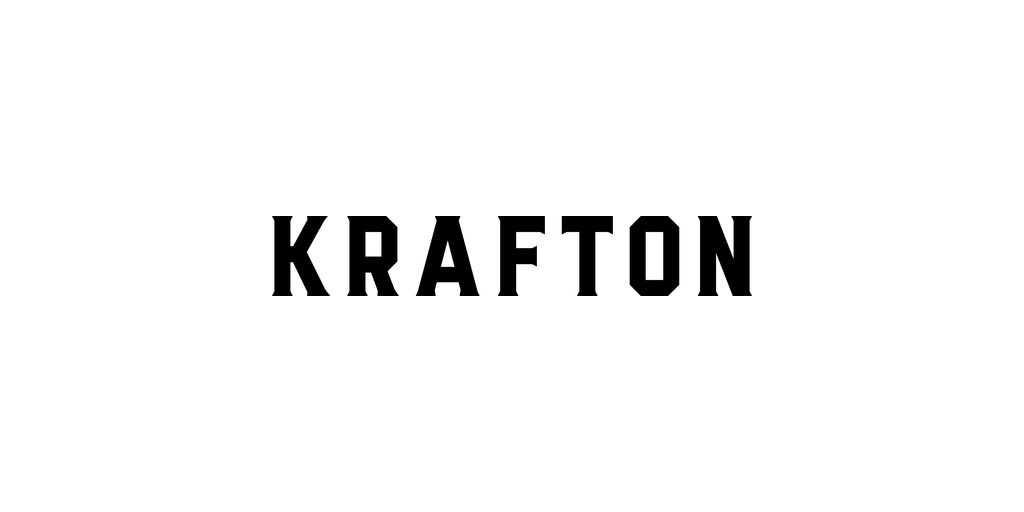
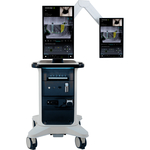


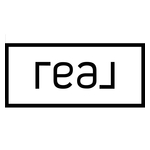



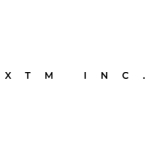
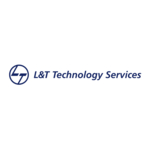
Add Comment